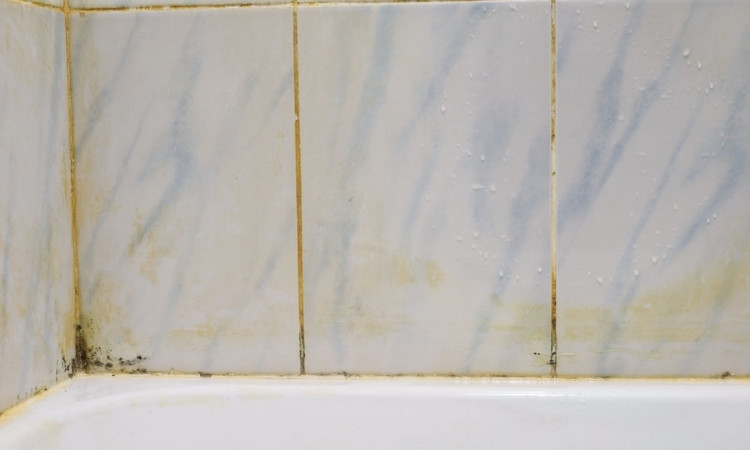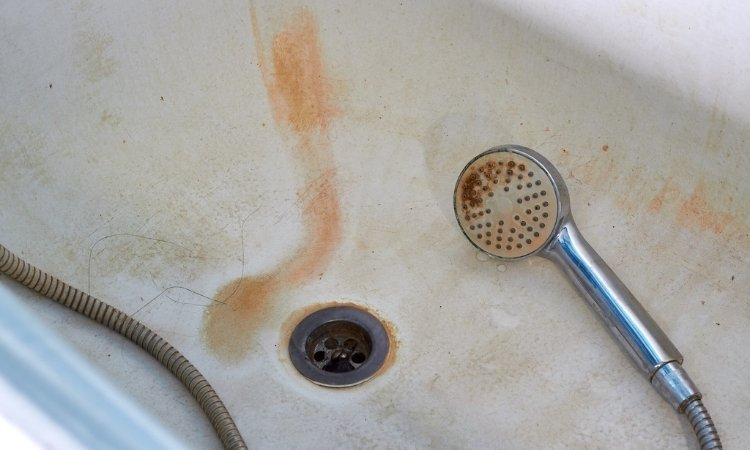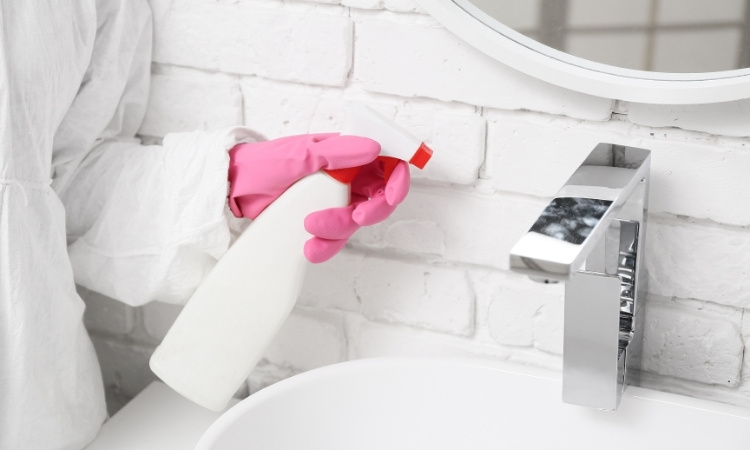Due to the hot and humid weather of Singapore, it’s important to remove the mould. Because, if not removed, the mould can damage the tiles, grout,, and also lead the bathroom to get fungus that will take a lot of effort to remove. So, how to remove mould from bathrooms in Singapore?
You’re going to learn how to do that step by step in this piece of writing. All you have to do is make it until the end of this article so you may not miss something crucial. Also, LS Shower Screen Singapore is an expert in sliding door shower screens, HDB shower screens, and blackframe shower screen services in Singapore.
Why Remove Mould From Bathrooms in Singapore?
Removing the mould from bathrooms in Singapore is vital because it:
- Keeps your bathroom looking fresh and clean
- Protects your tiles and fixtures from damage
- Stops unpleasant musty smells from building up
- Helps everyone breathe easier and stay healthy
- Prevents allergies and skin irritation from spreading
- Makes your bathroom feel more comfortable and inviting
- Saves money by avoiding costly repairs later
- Gives you peace of mind knowing your home is safe
How to remove mould from bathrooms in Singapore?
Removing the mould from bathrooms in Singapore prevents your bathroom from fungus, germs and also damage. This is how to remove mould from bathrooms in Singapore:
Remove Everything From The Bathroom
First, take everything out of the bathroom. Towels, bottles, mats, and all small items must be removed. Mould hides in corners and behind clutter, so clearing the room exposes every surface. The empty space allows you to move freely and see the real condition of the bathroom. Removing items also prevents them from getting wet or contaminated while cleaning.

Scrub The Bathroom Surfaces
Black spots on tiles can feel impossible to remove. Spray a mould-killing cleaner over walls, floors, and sinks, and let it sit. Use a brush or sponge to scrub every corner, focusing on grout lines. Rinse thoroughly and wipe dry.
The visible difference is motivating, and each cleaned surface reduces the chance of mould returning quickly.
Use Vinegar And Baking Soda For Tough Spots
Some mould patches refuse to disappear with regular cleaning. Spray vinegar or apply a baking soda paste to stubborn areas, letting it sit for a few minutes.
Scrub thoroughly and rinse with water. This method is safe, natural, and effective. Stubborn mould slowly disappears, leaving surfaces visibly clean and safe for regular bathroom use.
Fix Leaks And Plumbing Issues
Even small leaks feed mould growth. Check faucets, showerheads, pipes, and joints for drips or moisture. Tighten loose connections or replace damaged parts. Repairing plumbing removes hidden moisture that supports mould development.
Once fixed, surfaces dry faster, and the bathroom becomes less prone to recurring mould problems.
Open Windows And Ventilate
Proper airflow is essential to prevent mould. Open windows or use an exhaust fan to circulate air after showers or baths.
Leaving the door open allows moisture to escape more quickly. Drying surfaces through ventilation makes the room feel fresher and prevents dampness that mould needs to grow.
Dry Every Corner Completely
After cleaning, every surface must be dried. Use towels to wipe floors, tiles, counters, and hidden corners. A fan or dehumidifier can speed up the drying process.
Completely dry surfaces block the conditions mould requires. This step ensures the bathroom remains hygienic and reduces the likelihood of mould returning.
Maintain A Cleaning Routine
Cleaning must become consistent to stop mould from returning. Wipe wet surfaces daily, scrub tiles weekly, and wash mats and curtains regularly.
Inspect corners and pipes for early signs of moisture or mould. Consistent cleaning maintains a fresh bathroom and prevents the buildup of grime that encourages mould growth.

Clean Shower Accessories
Bathroom items such as mats, brushes, loofahs, and soap holders can host mould. Rinse and dry them after each use, and replace old items periodically. Keeping these accessories clean reduces hidden mould sources.
Clean items make the bathroom safer and more hygienic while maintaining an overall fresh appearance.
Control Humidity
High humidity accelerates mould growth. Use dehumidifiers, moisture absorbers, or fans to keep humidity low. Monitor walls and ceilings for signs of moisture. Controlling humidity limits mould growth naturally, keeping the bathroom safe and comfortable for daily use.
Final Words
The mould can create fungus, deadly germs, odour, and also damage your bathroom. For that reason, you must learn how to remove mould from bathrooms in Singapore.
Follow these steps to do that:
Remove everything from the bathroom to clear space and spot hidden mould. Scrub the surfaces with a cleaner and brush to get rid of grime.
Use vinegar and baking soda on stubborn spots to lift the mold completely. Fix leaks and plumbing issues to stop moisture from building up. Open windows and ventilate well to dry the room.
Dry every corner with a towel or fan to prevent dampness. Maintain a cleaning routine to keep surfaces fresh. Clean shower accessories regularly to avoid hidden mould. Control humidity with a dehumidifier or absorber to keep the bathroom safe.

